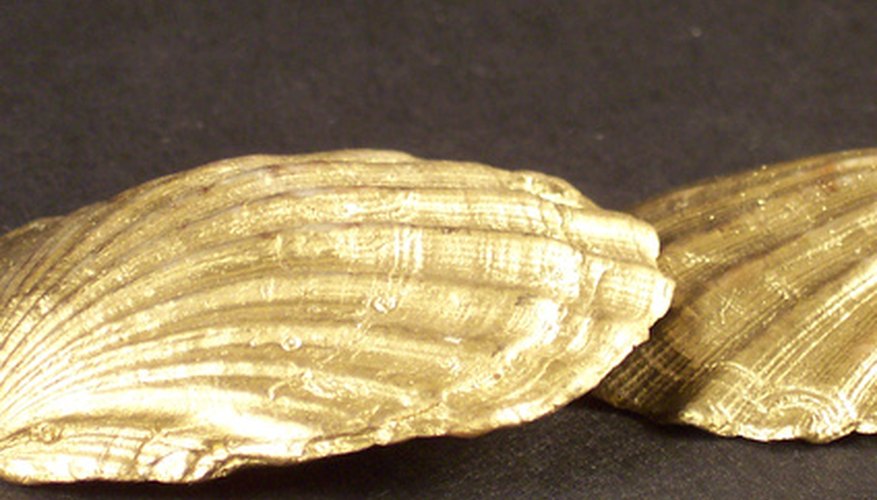Seashells can continue to grow throughout the life of the creature inhabiting them, which can be a long time--Bangor University found evidence of a 400-year-old clam. Scientists have established methods to determine the lifespan of certain mollusks residing in shells, which can help anyone in determining the approximate age of a shell.
- Seashells can continue to grow throughout the life of the creature inhabiting them, which can be a long time--Bangor University found evidence of a 400-year-old clam.
- Scientists have established methods to determine the lifespan of certain mollusks residing in shells, which can help anyone in determining the approximate age of a shell.
Examine the shell's ridges with a magnifying glass. According to Banque des Savoirs, a science and research site, these ridges can be an accurate indicator of age, especially in scallops, which produce about one ridge per day.
Tabulate the number of ridges. If the number is too high to count, you can estimate by counting a group of 100 ridges and then measuring the approximate width of the area that the ridges occupy. Measure the total width of the shell, and then divide it by the ridges width. Multiply this number by 100 to estimate the total number of ridges.
Divide the total number of ridges by 365. Because scallops produce about a ridge per day, dividing by 365 will give you the approximate age of the scallop, before it died or abandoned the shell, in years.
It won't give you the exact age of the shell, since the shell theoretically could have floated around for years afterward, but it is unlikely that the shell lasted more than a few months after the death of the animal before it was either destroyed or covered with layers of sand, on its way to becoming a fossil, according to Terra Daily, a nature publication.
TIP
This method works best with scallops, which have visible, easily defined ridges, but the technique can work for estimating other shellfish as well. Oysters are the most difficult to identify with because the shells are smooth, with difficult to discern ridges. In this case, scientists must use chemical analysis of the minerals in the shells to try to estimate age. If you want to try gauging age by the size of the shell, you will need to become familiar with the growth rate of the specific species that inhabited the shell and also how different environmental conditions (e.g., warm water, cold water) affect that growth rate.
